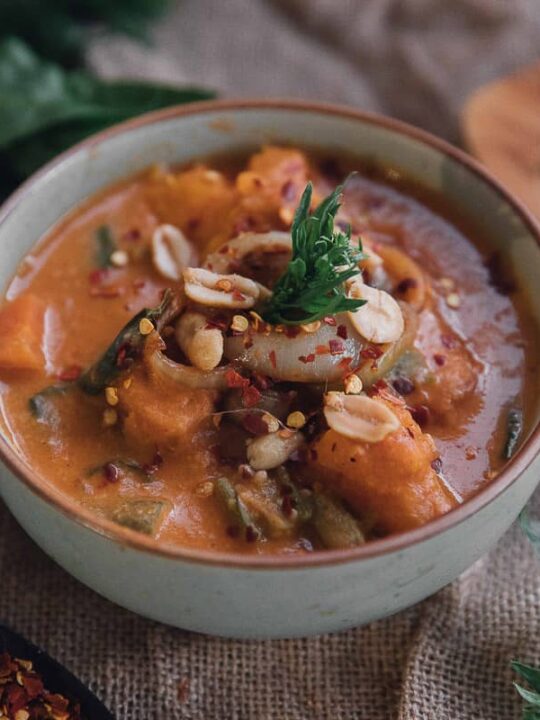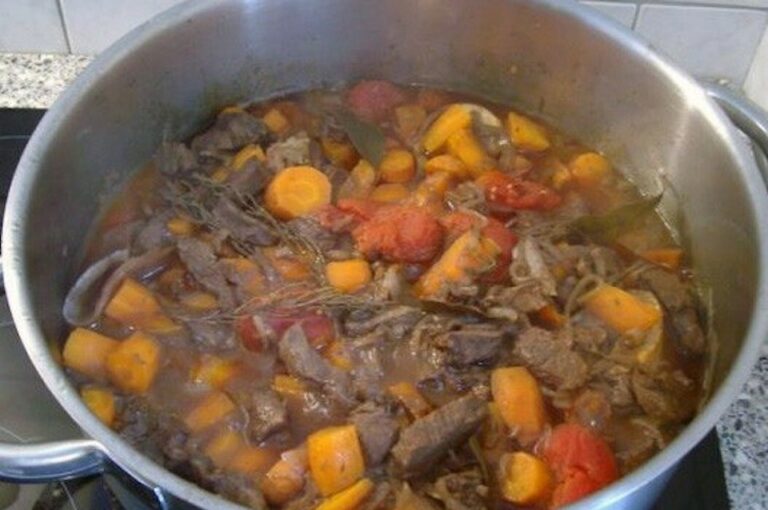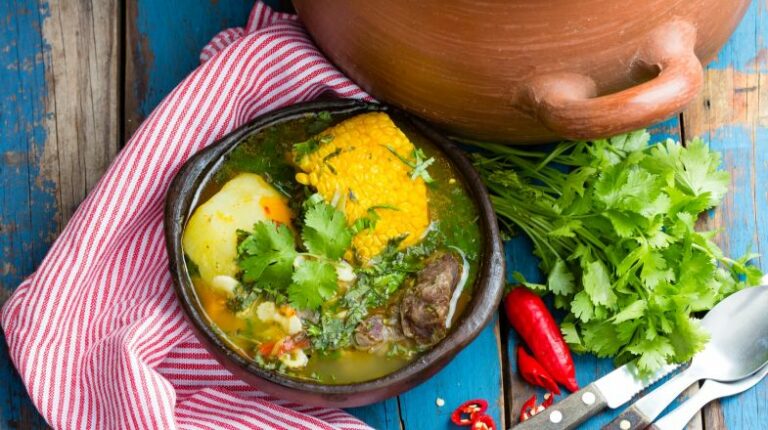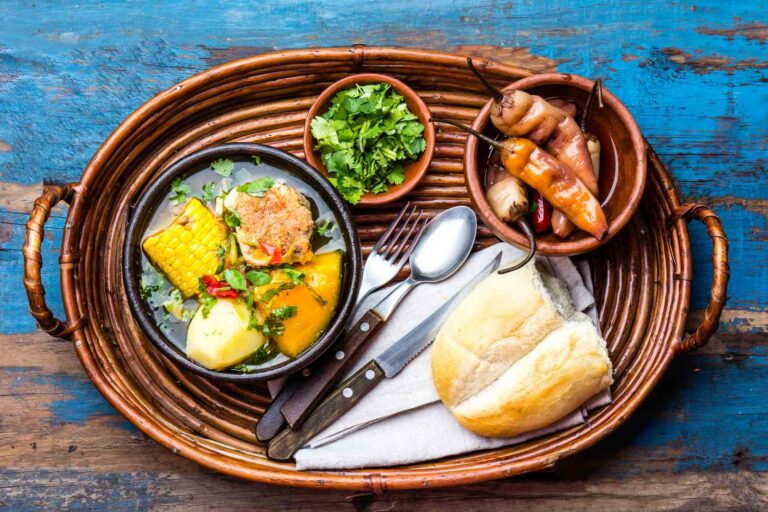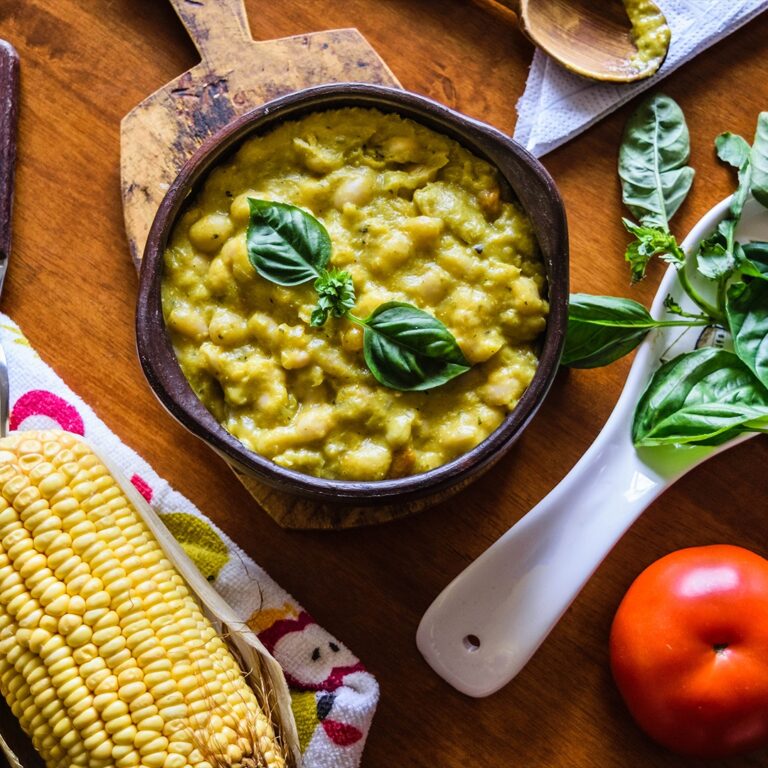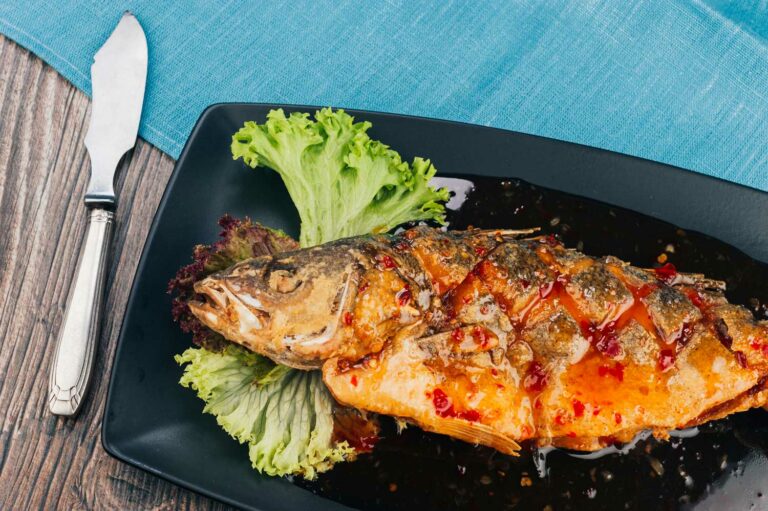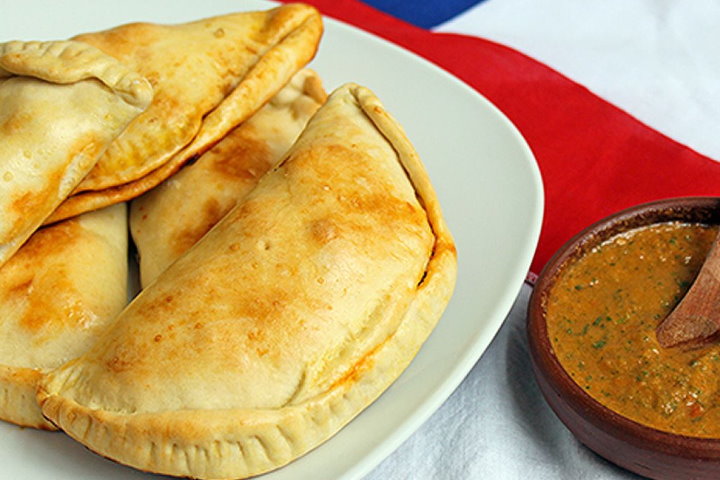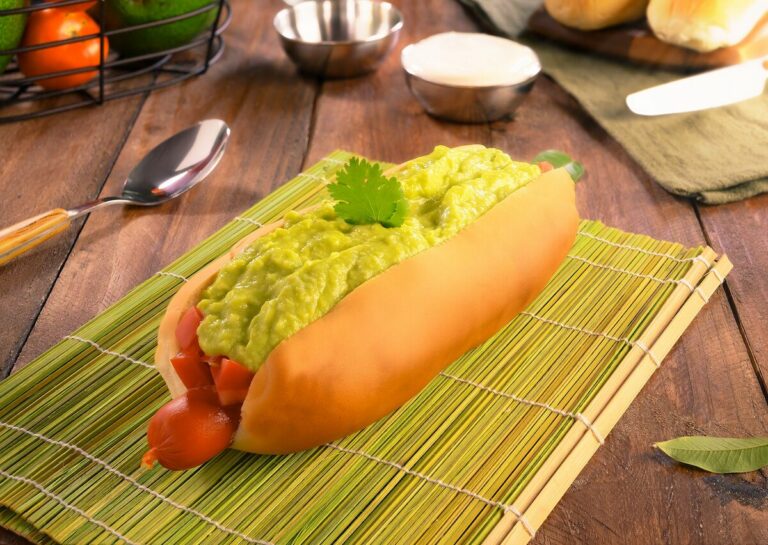Introduction: Chadian cuisine
Chad is a landlocked country located in Central Africa, known for its diverse cuisine that is influenced by its neighboring countries and its own unique culture. The country’s cuisine is heavily based on grains, such as millet and sorghum, along with meat and vegetables. Millet and sorghum are the two most important grains in Chad and are widely used in various dishes.
Millet: a staple grain in Chad
Millet is a type of small-seeded grass that is one of the main staple grains in Chad. It is typically ground into a flour, which is used to make porridge, bread, and other dishes. Millet is also used to make a traditional Chadian beer called “bil-bil” that is made by fermenting millet flour and water.
Millet is a drought-tolerant crop that can grow well in the hot and arid climate of Chad, making it an important crop for the country’s agriculture. It is also a gluten-free grain and is high in fiber, protein, and various vitamins and minerals.
Nutritional benefits of millet
Millet is a highly nutritious grain and is a good source of complex carbohydrates, which provide sustained energy. It is also rich in fiber, which aids digestion and helps to keep you feeling full. Millet is also an excellent source of magnesium, which is important for maintaining healthy bones and muscles, and can help to reduce the risk of heart disease.
Popular millet dishes in Chad
Millet is used in a variety of dishes in Chad. One of the most popular dishes is “boule,” a thick porridge made from millet flour that is typically eaten with a sauce or stew. Another popular dish is “fit-fit,” a spicy and savory porridge made from millet flour, spices, and vegetables.
Sorghum: another important grain
Sorghum is another important grain in Chad and is used in a variety of dishes. It is a type of cereal grain that is commonly used to make flour, porridge, and beer. Sorghum is also used as a livestock feed and as a raw material for making ethanol.
Sorghum vs millet: differences in taste and texture
While sorghum and millet are both important grains in Chad, they have some differences in taste and texture. Sorghum has a slightly sweeter taste than millet and is more tender. Millet, on the other hand, has a slightly nuttier taste and a more grainy texture.
Traditional Chadian dishes with sorghum
Sorghum is used in a variety of traditional Chadian dishes. One of the most popular dishes is “doum,” a porridge made from sorghum flour that is typically eaten with a sauce or stew. Another popular dish is “bassi,” a fermented sorghum porridge that is similar to the millet-based “bil-bil.”
Conclusion: Millet and sorghum in Chadian cuisine
Millet and sorghum are two important grains that play a significant role in Chadian cuisine. They are both highly nutritious and versatile, and are used in a variety of dishes. Whether it’s a simple porridge or a more complex stew, millet and sorghum are essential ingredients that help to define the unique flavors of Chadian cuisine.


